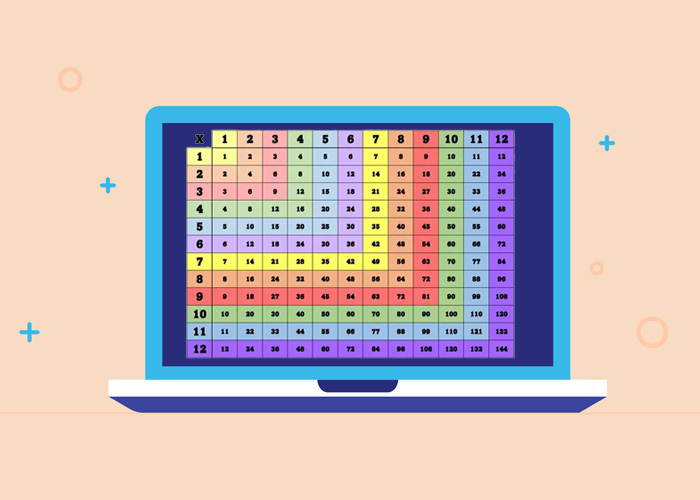Understanding Async, Task, and Thread in C#: Key Differences and Use Cases
In C#, managing asynchronous operations and concurrency is essential for creating responsive applications. This guide delves into three pivotal constructs: async, Task, and Thread, explaining their differences, how they interact, and when to use each.
Async in C#
The async keyword in C# is used to define a method as asynchronous. It allows the method to perform asynchronous operations without blocking its caller, improving application responsiveness. The async method usually contains await expressions, indicating points where the method can pause until awaited asynchronous operations are completed.
Example of Async Method:
public async Task LoadDataAsync()
{
var data = await FetchDataAsync(); // Asynchronously wait for data
Console.WriteLine("Data loaded");
}
public Task<string> FetchDataAsync()
{
return Task.Run(() =>
{
Thread.Sleep(2000); // Simulate a time-consuming operation
return "Sample Data";
});
}
Explanation: In this example, LoadDataAsync is an async method that awaits the completion of FetchDataAsync. The await keyword releases the current thread to perform other work and resumes when FetchDataAsync has completed.
Task in C#
Task is a class in C# that represents an asynchronous operation. It can be used to handle the operation without returning a value, or Task<T> can be used to handle operations returning a value. Task is central to the Task-based Asynchronous Pattern (TAP).
Example of Using Task:
public Task<int> CalculateResultAsync()
{
return Task.Run(() =>
{
Thread.Sleep(1000); // Simulate a lengthy calculation
return 42;
});
}
Explanation: Here, CalculateResultAsync performs its work on a separate thread via Task.Run and returns a Task<int> that eventually produces an integer result.
Thread in C#
A Thread is a lower-level way to handle multitasking in C#. It allows more direct management of threads than Task and is used when fine-grained control over background operations is necessary.
Example of Using Thread:
public void ExecuteThread()
{
Thread thread = new Thread(new ThreadStart(ProcessData));
thread.Start();
}
public void ProcessData()
{
Console.WriteLine("Processing data on a separate thread.");
}
Explanation: This example directly creates and starts a thread to run the ProcessData method concurrently with the main program thread.
Key Differences
Async and Await:
- Used with async methods.
- Primarily for non-blocking UI and server applications.
- Works at a higher level of abstraction with Task and Task<T>.
Task:
- Represents ongoing work and its result.
- Ideal for CPU-bound and I/O-bound operations.
- Provides built-in support for asynchronously waiting for the task to complete using await.
- Easier to use and more efficient for high-level asynchronous programming.
Thread:
- Provides maximum control over thread management.
- Suitable for scenarios where intricate manipulation of threading is required.
- More complex and error-prone compared to Task.
- Can be more efficient for long-running operations that require dedicated threads.
When to Use Each
Use async and await with Task or Task<T> for most asynchronous programming scenarios, especially in applications where responsiveness is crucial, like UI apps or when scaling server applications.
Use Task for managing asynchronous operations that involve awaiting the results of background tasks or for running multiple operations concurrently.
Use Thread when you need precise control over thread behavior, or when integrating with older codebases or libraries that require explicit thread management.
Understanding these concepts and choosing the right tool based on the scenario can significantly enhance your application's performance, responsiveness, and maintainability.





